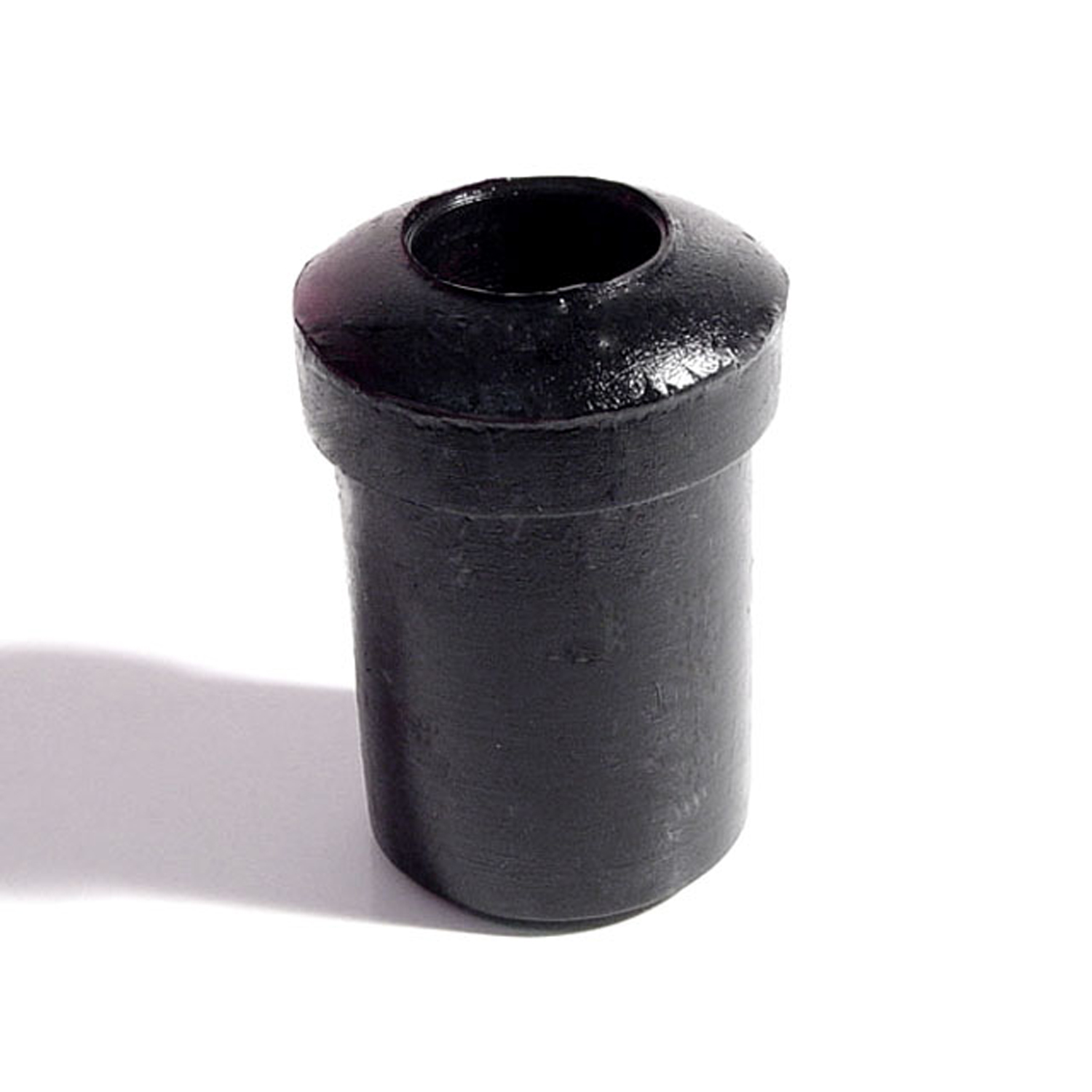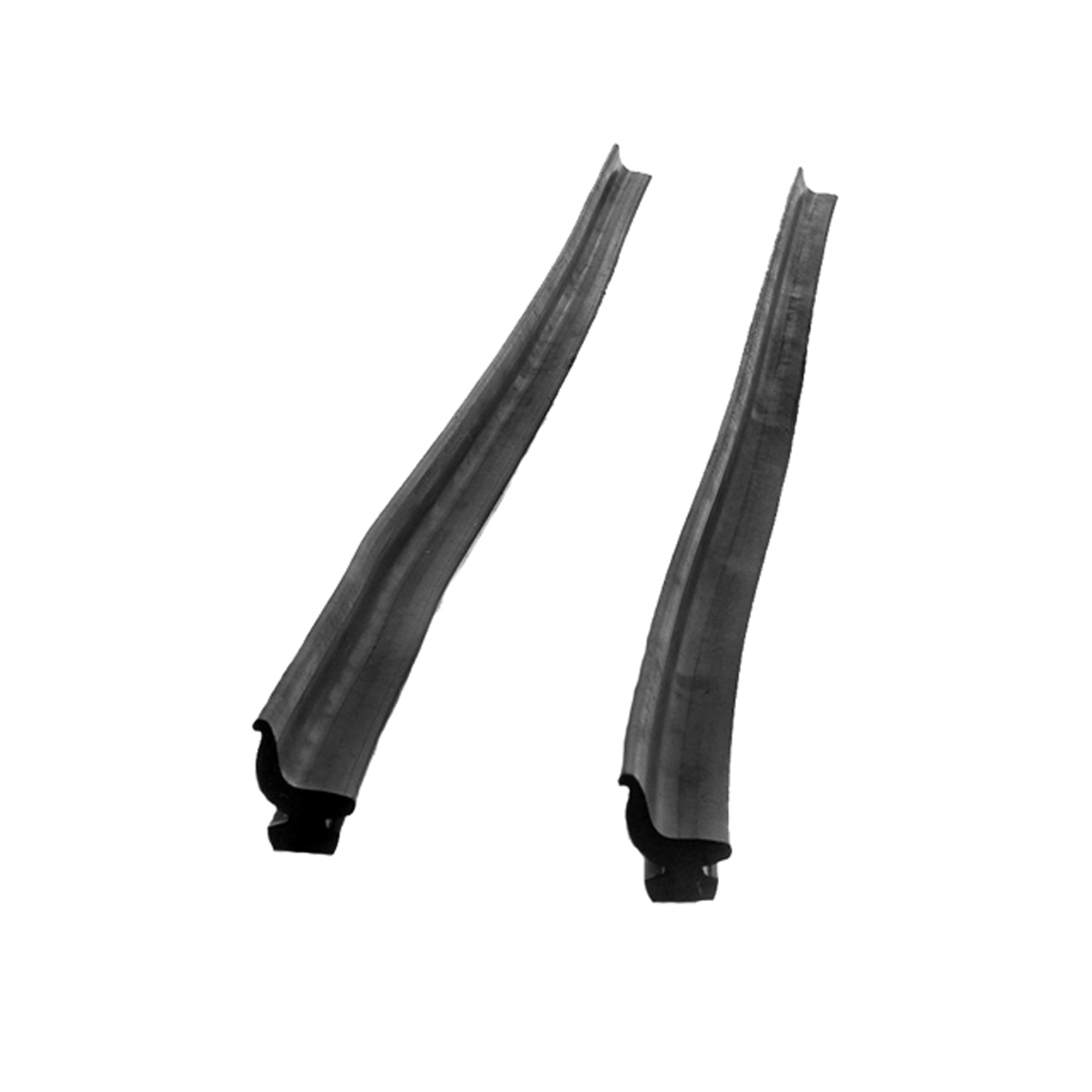Image of 1961 Ford Econoline, Note: These illustrations use artistic license and may differ from actual historical models.
Performance Metrics
Fundamental Metrics
Emotional Appeal
MMP Rating
| Engine Specifications | |
|---|---|
| Engine: | Inline 6 |
| Displacement: | 144 cu in (2.4 L) to 170 cu in (2.8 L) |
| Horsepower: | 85-105 hp |
| Torque: | 138-158 lb-ft |
| Compression Ratio: | 8.7:1 |
| Ignition System: | Conventional, distributor |
| Cooling System: | Liquid-cooled |
| Performance Specifications | |
| 0-60 Time: | Estimated 20-25 seconds |
| 1/4 Mile Time: | Estimated 20-25 seconds |
| Top Speed: | 75-80 mph |
| Transmission and Drive | |
| Drive Type: | Rear-wheel drive |
| Transmission Type: | 3-speed manual |
| Fuel and Efficiency | |
| Fuel System Type: | Carburetor |
| MPG: | Estimated 15-20 mpg |
| Dimensions and Brakes | |
| Brakes: | Drum brakes |
| Wheelbase: | 90 inches |
| Weight: | 2,700-3,000 lbs |
Note: Specifications for classic cars are given to the best of our ability, considering the limited and variant data available.
Unveiling the 1961 Ford Econoline Van: A True Workhorse of American Ingenuity
The 1961 Ford Econoline Van emerged as a symbol of practicality and innovation during an era when America was flexing its industrial muscle. Born from the bustling post-war economy, the Econoline was Ford's answer to the growing demand for compact, efficient work vehicles. This van's inception marked a pivotal moment in automotive history, as it shifted the focus from mere transportation to versatile utility. One unique fact that car enthusiasts may find fascinating is that the Econoline was initially marketed as a part of Ford's Falcon range, a testament to its intended practicality and efficiency.
Design and Innovation
With its forward-control design, the Econoline's exterior was both distinctive and purposeful. The cab-over-engine layout maximized cargo space within a compact footprint, making it a favorite among businesses. The interior, though spartan by today's standards, was a testament to durability with its simple, easy-to-clean surfaces and robust materials. Technologically, the Econoline was ahead of its time with an available three-speed automatic transmission—a rarity among vans of that period. Color options ranged from utilitarian whites and grays to more vibrant hues like reds and blues, with classic Corinthian White being a popular choice. The most iconic body style was undoubtedly the cargo van, although passenger and pickup versions showcased the Econoline's versatility.
Historical Significance
The Econoline's impact on automotive design cannot be overstated. It popularized the cab-over-engine configuration in American vans, influencing countless models that followed. Its efficient use of space and fuel economy set it apart from larger, more cumbersome vehicles of the time and carved out a new niche in the market for compact commercial vehicles.
Performance and Handling
Performance-wise, the Econoline was not built for speed but for reliability and utility. With a modest top speed and leisurely acceleration, it was designed to haul goods rather than race down the highway. Handling was straightforward, with a tight turning radius that made it adept at navigating urban environments. Drivers could expect a no-frills experience behind the wheel, with the hum of the inline-six engine providing a reassuring backdrop to their daily tasks.
Ownership Experience
The 1961 Ford Econoline Van served many roles: from a dependable daily driver for small businesses to an iconic show car for vintage enthusiasts. Its simple mechanical design meant that maintenance was straightforward, and reliability was one of its strong suits. For many owners, the Econoline was more than just a vehicle; it was a trusted partner in their entrepreneurial ventures.
Fun Facts
The Econoline has its share of trivia that adds to its charm. For instance, it has been featured in numerous films and TV shows, cementing its place in pop culture. While not known for breaking speed records, it did break the mold for what a commercial vehicle could be. Criticisms were few but typically centered around its modest power output and no-frills interior.
Collector's Information
Today, the 1961 Ford Econoline Van holds a special place in the hearts of collectors. While production numbers were substantial, surviving examples in good condition are relatively rare. Values can vary widely, with pristine models fetching upwards of $20,000 or more at auction. The market trend for these vans has been appreciating, especially for well-maintained or expertly restored specimens.
Conclusion
The 1961 Ford Econoline Van stands as a testament to American innovation and practicality. It bridged the gap between personal and commercial transport, creating its own legacy in the automotive world. Whether admired by collectors or remembered fondly by those who drove them during their heyday, the Econoline remains an enduring icon of a bygone era.
1961 Ford Econoline Catalog of Parts
 1961 Ford Econoline Spring and Shackle Bushing. 1" bottom O.D-BN 20Spring and Shackle Bushing. 1" bottom O.D. X 1-5/8" high, with 9/16" I.D. Each
1961 Ford Econoline Spring and Shackle Bushing. 1" bottom O.D-BN 20Spring and Shackle Bushing. 1" bottom O.D. X 1-5/8" high, with 9/16" I.D. Each 1961 Ford Econoline Rear roll-up Seal. Two 18" sections sliced into metal track-VS 4Rear roll-up Seal. Two 18" sections sliced into metal track. this foot with no steel insert. Pair
1961 Ford Econoline Rear roll-up Seal. Two 18" sections sliced into metal track-VS 4Rear roll-up Seal. Two 18" sections sliced into metal track. this foot with no steel insert. PairWhy Choose Metro?
For over 100 years, Metro Moulded Parts has been the pinnacle of quality in classic car restoration parts. Our commitment to precision and authenticity in every component ensures a perfect fit and an OEM-level appearance.
- Expert Craftsmanship & Quality: Each part is a testament to our dedication to reliability and perfection, crafted from original designs and thoroughly tested.
- Advanced Technology: We use cutting-edge techniques to create flawless, long-lasting parts that surpass others in performance.
- SuperSoft Sponge – The Ultimate Door Seal: Not only are our door seals 30% softer than competitors', but they're also guaranteed to never leak. They effectively reduce wind and road noise, enhancing your classic car's comfort and driving experience.
- Proudly American: Our parts are a product of American craftsmanship, made in the USA with a spirit of excellence and heritage.
- Unrivaled Warranty: We back our products with a 30-year industry-leading warranty, a testament to our confidence in their quality.
Join us in preserving the legacy of classic cars with parts that are crafted for perfection, not just made.

